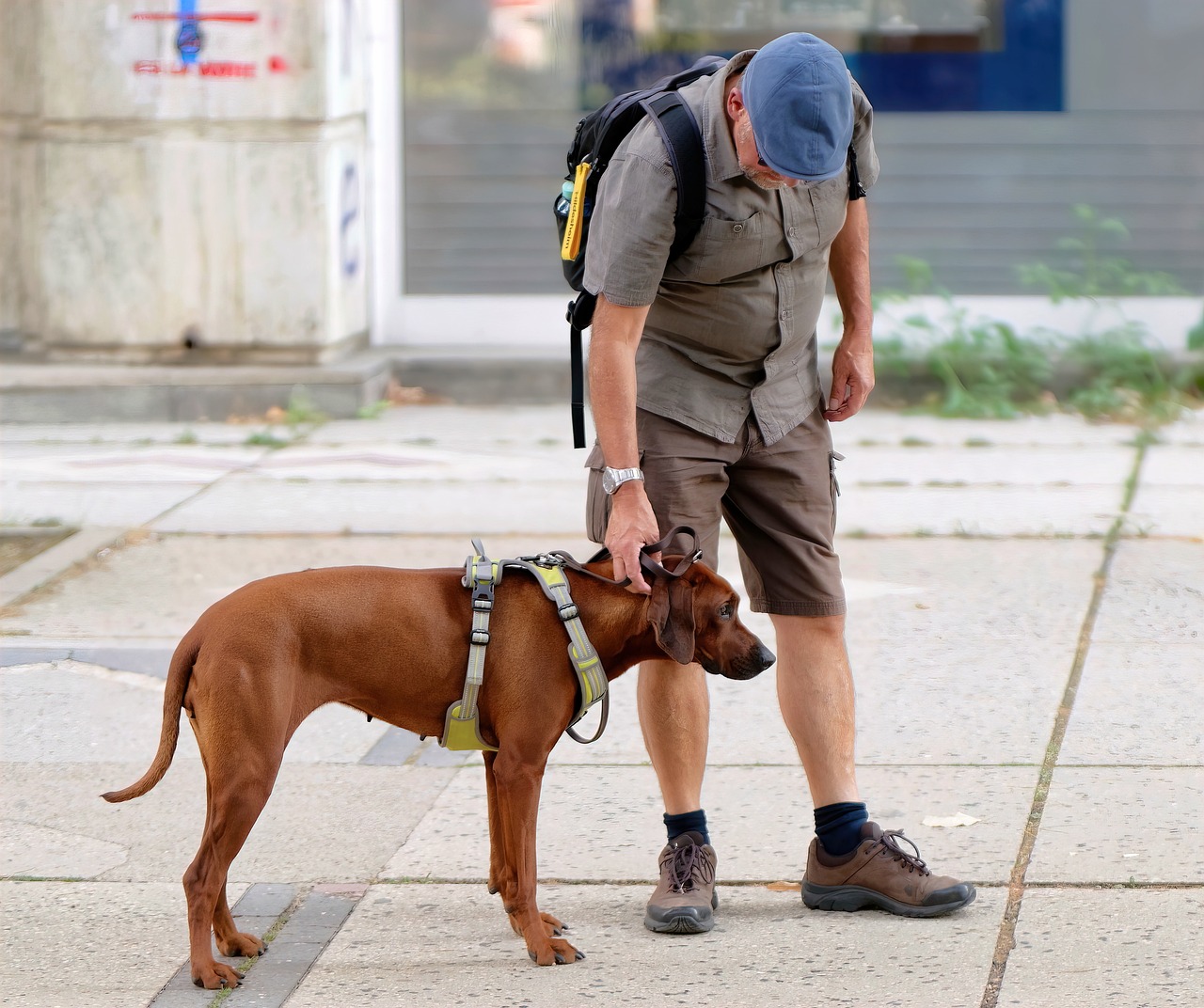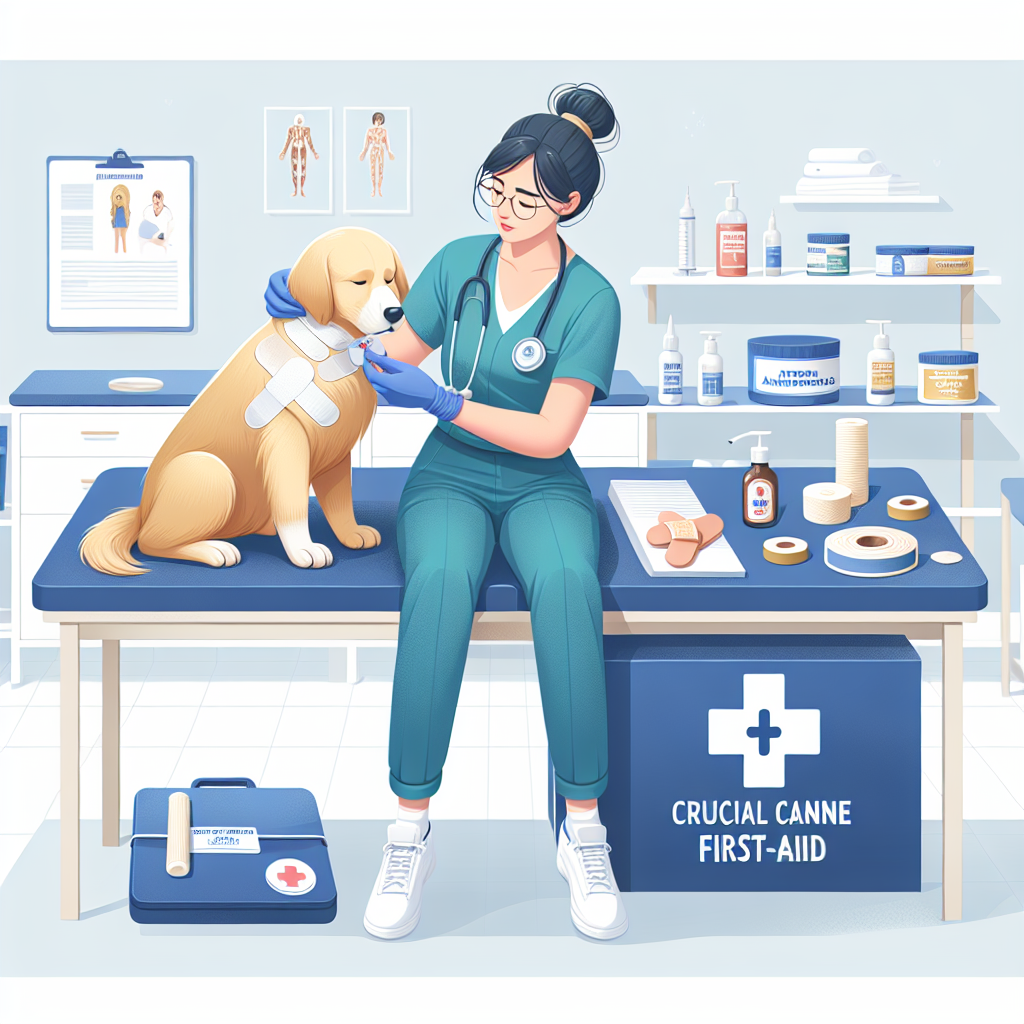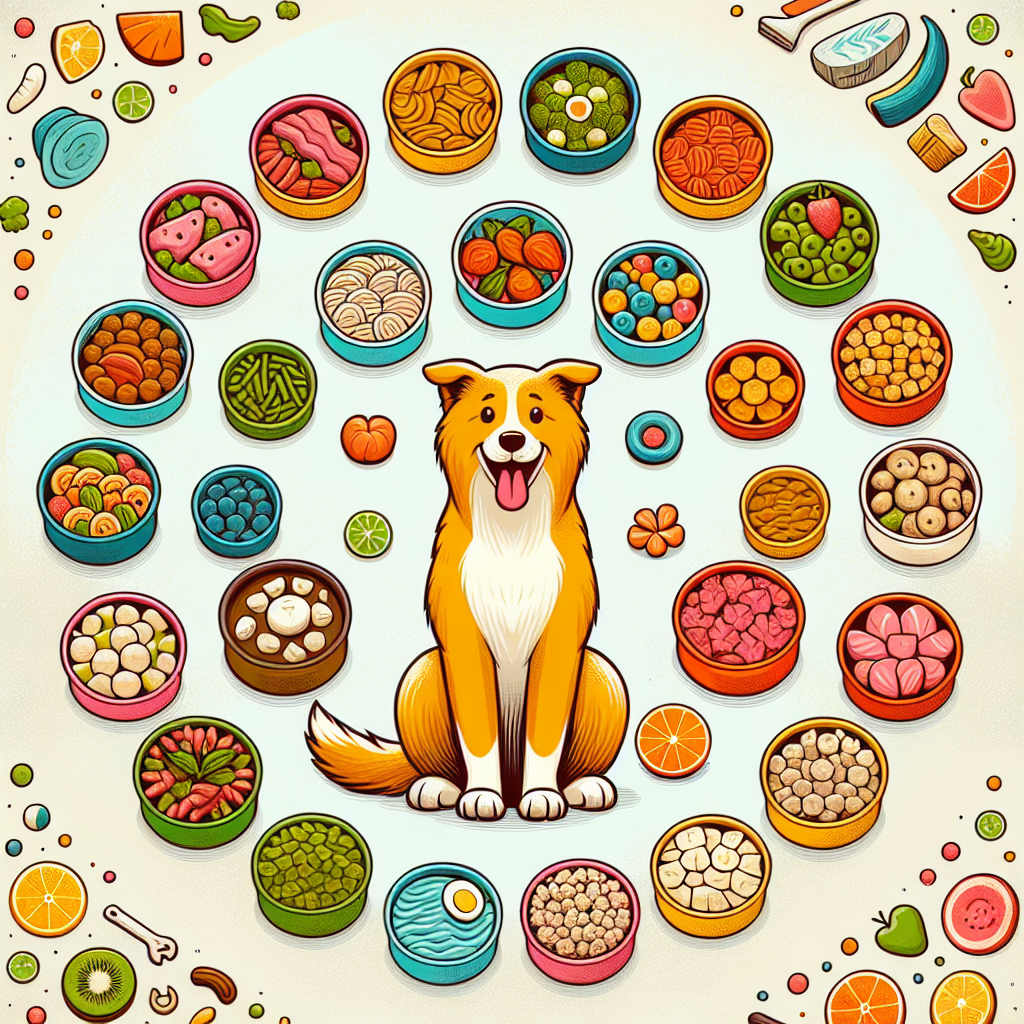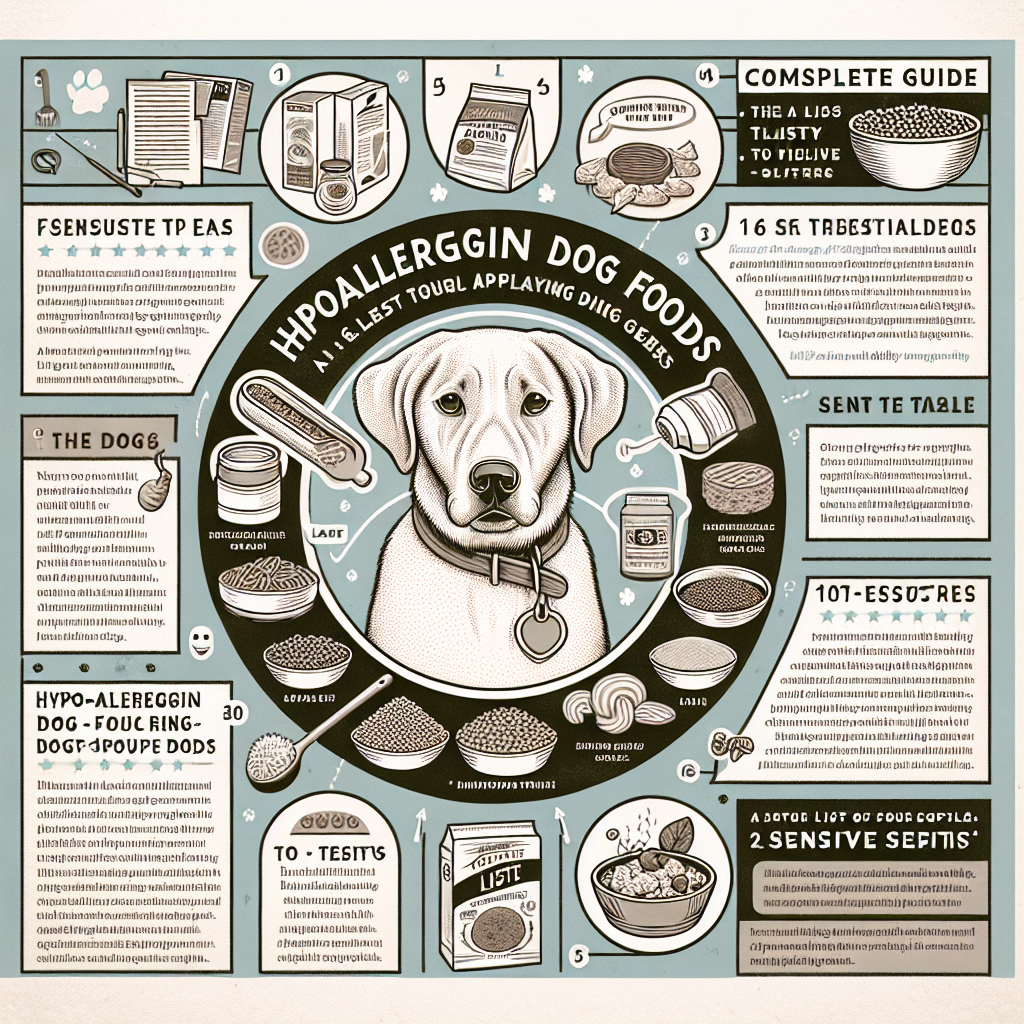
The Ultimate Guide to Crate Training: Stress-Free Tips for Happy Pets and Owners
Crate training is often regarded as one of the most effective ways to house-train a pet while providing them a secure space they can call their own. This ultimate guide aims to help both new and experienced pet owners navigate the world of crate training, offering stress-free tips and strategies for ensuring the happiness of both pets and their humans.
Introduction to Crate Training
What is Crate Training?
Crate training involves teaching your pet to see a crate or a kennel as a safe and comfortable space. Originating from the natural denning instincts of animals, crate training helps in managing the pet’s behavior, providing a secure environment for them to rest, and assisting in the house-training process.
Benefits of Crate Training
- Safety: Keeps your pet secure, especially in a new or potentially dangerous environment.
- House Training: Aids in teaching your pet to control their bladder and bowels.
- Travel: Makes journeys safer and less stressful for your pet.
- Me Time: Offers your pet a peaceful place to retreat when they need some alone time.
Choosing the Right Crate
Types of Crates
- Wire Crates: Offer excellent ventilation and visibility. Easy to clean and can be folded for storage.
- Plastic Crates: Offer a more enclosed space; ideal for travel. They are also durable and easy to clean.
- Soft-sided Crates: Lightweight and portable, which makes them great for short trips. However, not suitable for pets who like to chew.
- Wooden Crates: These can double as furniture and are aesthetically pleasing but may not be as durable or easy to clean.
Size Matters
Choosing the correct size crate is crucial. The crate should be large enough for your pet to stand up, turn around, and lie down comfortably but not so large that they can designate a corner for toileting. As a guideline:
- Small Dogs/Cats: 24 inches
- Medium Dogs: 30 inches
- Large Dogs: 36-42 inches
- Extra-Large Dogs: 48 inches or more
Making the Crate Inviting
Bedding and Comfort
Place soft, clean bedding inside the crate. A snug blanket or a pet bed can make the crate more inviting. Ensure that the materials used are safe and easy to clean.
Toys and Positive Reinforcement
Introduce a few durable toys that can keep your pet entertained. Interactive toys or ones that dispense treats can create positive associations with the crate. Avoid toys that can be easily shredded and ingested.
Gradual Introduction to Crate Training
Step-by-Step Process
-
Introduction Phase:
- Place the crate in a favorite room of the house.
- Keep the door open and let the pet explore at their own pace.
- Use treats to encourage your pet to go inside.
-
Feeding in the Crate:
- Start feeding meals near the crate and gradually move the bowl inside.
- Once your pet is comfortable, close the door while they are eating and open it immediately after.
-
Short Absences:
- Encourage your pet to enter the crate and once inside, close the door for a few minutes before letting them out. Gradually increase the duration.
- Always return to the crate while your pet is calm and relaxed.
- Extended Time in the Crate:
- Begin with short sessions while you are at home before moving on to crate time while you are away.
Dealing with Common Issues
Whining and Complaining
It’s normal for pets to whine a bit when getting used to the crate. Avoid giving in and letting them out immediately as this can reinforce the behavior. Instead, wait for a pause in the whining.
Separation Anxiety
For pets with separation anxiety, crate training should be done very gradually. Leave them in the crate while you are home and gradually increase the duration of your absence.
Destructive Behavior
Ensure your pet is mentally and physically stimulated outside of crate time. Regular exercise and interactive toys can help curb destructive behavior.
Training Tips for Specific Scenarios
Crate Training a Puppy
- Frequent Breaks: Puppies have smaller bladders and need more frequent bathroom breaks.
- Positive Reinforcement: Use plenty of treats and verbal praise.
- Consistency: Keep a regular schedule for crate time, mealtime, and potty breaks.
Crate Training an Older Dog
- Patience is Key: Older dogs might need more time to adjust.
- Comfort: Pay extra attention to making the crate comfortable with supportive bedding.
- Positive Associations: Use high-value treats and toys to create positive associations.
Crate Training for Travel
- Start Early: Allow your pet to get used to the travel crate well before the journey.
- Short Trips: Begin with short car rides to acclimatize.
- Comfort: Ensure the crate has familiar bedding and toys.
Maintenance and Safety
Regular Cleaning
Keep the crate clean to ensure it remains a pleasant space for your pet. Use pet-safe disinfectants and clean bedding regularly.
Regular Inspections
Regularly inspect the crate for any signs of wear and tear. Ensure that latches work properly and that there are no sharp edges.
Ventilation and Location
The crate should be placed in a well-ventilated area away from direct sunlight and extreme temperatures.
Special Considerations
Veterinary Advice
Consult your vet if you have concerns about your pet’s response to crate training, especially if they show signs of severe anxiety or stress.
Professional Help
Consider working with a professional trainer, especially if you face challenges. A trainer can provide personalized strategies for your pet.
Conclusion
Crate training, when done correctly, can provide numerous benefits for both pets and their owners. It helps in creating a safe, comfortable environment for your pet while also giving you peace of mind. By choosing the right crate, introducing the process gradually, and addressing common issues with patience and consistency, you can ensure a stress-free crate training experience.
Investing time and effort in the crate training process pays off in the long run, resulting in a happy, well-adjusted pet and a harmonious household. Whether you are crate training a new puppy, an older dog, or preparing for travel, this ultimate guide provides comprehensive tips to help you along the way.
Final Thoughts
Crate training is an invaluable tool in pet care. With patience, positivity, and persistence, both you and your pet can enjoy the numerous benefits it offers. Remember, each pet is unique, and the key to successful crate training lies in understanding and responding to their individual needs.
Happy crate training!
By implementing these strategies, you’ll not only optimize the training process but also create a nurturing and safe environment, leading to a harmonious bond with your beloved pet.
#ChatGPT assisted in the creation of this article.






